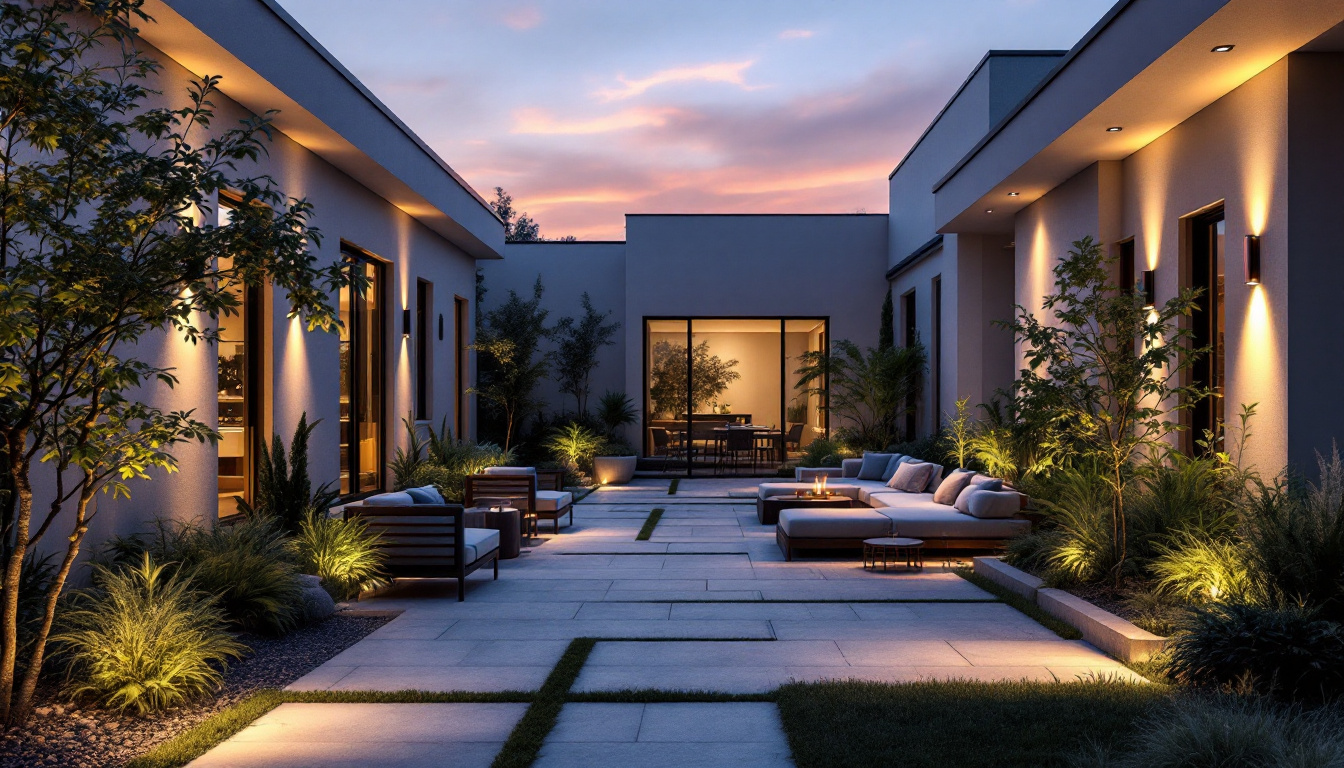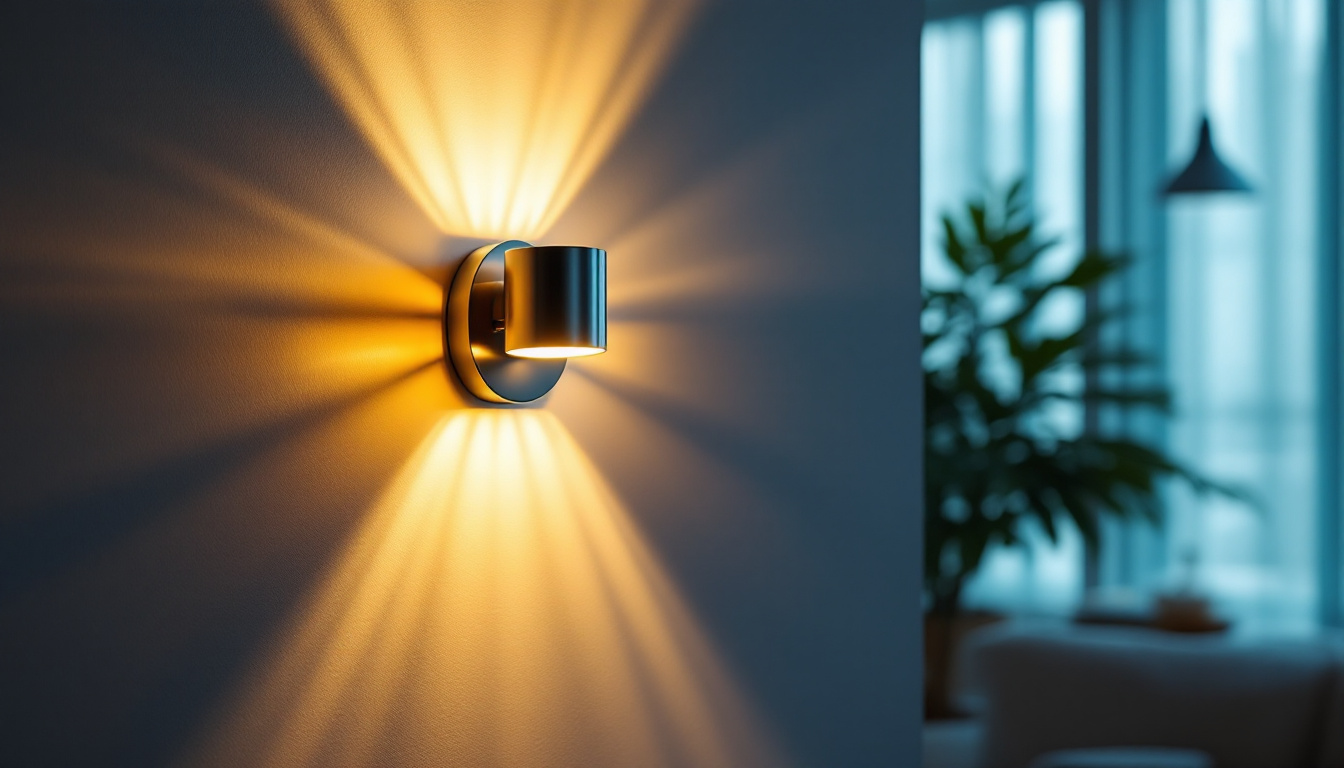
In the ever-evolving landscape of lighting technology, high bay lighting stands out as a crucial component for various commercial and industrial applications. As a lighting contractor, staying informed about the latest advancements in high bay lighting can significantly enhance project outcomes and client satisfaction. This article delves into the importance of high bay lighting, the latest trends, and why continuous education in this field is essential.
High bay lighting is specifically designed for spaces with high ceilings, typically ranging from 15 to 40 feet. These fixtures are commonly used in warehouses, manufacturing facilities, gymnasiums, and retail spaces. The primary goal of high bay lighting is to provide adequate illumination for tasks and safety, ensuring that spaces are both functional and visually appealing.
High bay lights are characterized by their powerful output and wide beam angles. They often utilize LED technology, which offers energy efficiency and longevity compared to traditional lighting options. The design of high bay fixtures allows for optimal light distribution, reducing shadows and enhancing visibility across large areas.
Another significant feature is their durability. High bay fixtures are built to withstand harsh environments, making them suitable for industrial settings where dust, moisture, and temperature fluctuations are common. This durability not only extends the lifespan of the fixtures but also minimizes maintenance costs for clients. Furthermore, many high bay lights come with advanced features such as dimming capabilities and smart technology integration, allowing for greater control over lighting levels and energy consumption, which is particularly beneficial in spaces that require varying levels of brightness throughout the day.
The versatility of high bay lighting makes it applicable in various settings. In warehouses, these fixtures illuminate vast spaces, aiding in inventory management and employee safety. In manufacturing facilities, they provide the necessary brightness for detailed assembly work while ensuring compliance with safety standards.
Retail environments also benefit from high bay lighting, as it enhances product visibility and creates an inviting atmosphere for customers. The strategic placement of these lights can highlight specific merchandise, drawing attention to promotional displays and helping to create a more engaging shopping experience. Gymnasiums and sports complexes require high bay fixtures to ensure athletes can perform safely and effectively, making high bay lighting an indispensable element across multiple sectors. Additionally, high bay lighting can be tailored to meet the unique needs of each environment, with options for color temperature adjustments that can influence mood and productivity, further enhancing their functionality in diverse applications.
As technology continues to advance, lighting contractors must remain vigilant about the latest trends and innovations in high bay lighting. Staying updated not only improves service offerings but also positions contractors as knowledgeable professionals in the field. This section explores the reasons why continuous education is vital for lighting contractors.
Recent advancements in LED technology have transformed high bay lighting. Newer models offer enhanced energy efficiency, improved color rendering, and smart features such as dimming and occupancy sensors. By staying informed about these developments, contractors can recommend the best solutions to their clients, ensuring optimal performance and energy savings.
Moreover, understanding the latest technologies allows contractors to educate clients on the benefits of upgrading existing systems. This knowledge can lead to increased sales opportunities and stronger client relationships, as customers appreciate contractors who provide valuable insights. For instance, the integration of IoT (Internet of Things) in lighting systems enables remote monitoring and control, which can significantly reduce maintenance costs and enhance operational efficiency. By being at the forefront of these innovations, contractors can position themselves as trusted advisors, helping clients make informed decisions that align with their specific needs and goals.
Lighting regulations are continually evolving, with new energy efficiency standards being implemented regularly. Contractors who remain updated on these changes can ensure compliance in their projects, avoiding potential fines and enhancing their reputation. Knowledge of local and national codes can also help contractors guide clients in making informed decisions about their lighting systems.
Additionally, being aware of incentives and rebates for energy-efficient lighting can provide clients with significant cost savings. Contractors who can navigate these financial aspects will be more competitive and trusted in the marketplace. Furthermore, as sustainability becomes a key focus for many businesses, understanding the environmental impacts of lighting choices can help contractors advocate for greener solutions. This not only supports clients in achieving their sustainability goals but also aligns with broader industry trends that prioritize eco-friendly practices. By embracing these regulatory and environmental shifts, contractors can enhance their service offerings and build a reputation as leaders in sustainable lighting solutions.
To effectively serve clients, lighting contractors must be aware of current trends in high bay lighting. This section highlights some of the most significant trends that are shaping the industry.
Energy efficiency is at the forefront of lighting design. With rising energy costs and a growing emphasis on sustainability, many businesses are seeking to reduce their carbon footprint. High bay LED fixtures are particularly appealing due to their lower energy consumption and longer lifespan compared to traditional lighting options.
Contractors should be prepared to present energy-efficient solutions that not only meet client needs but also align with broader sustainability goals. By promoting eco-friendly lighting options, contractors can attract environmentally conscious clients and contribute to a greener future. Additionally, the use of energy-efficient lighting can qualify businesses for various incentive programs and rebates, further enhancing the financial benefits of switching to high bay LED systems. This not only helps clients save on operational costs but also positions them as leaders in sustainability within their respective industries.
The integration of smart technology in high bay lighting is another trend gaining traction. Smart lighting systems allow for remote control, scheduling, and automated adjustments based on occupancy or natural light levels. These features enhance convenience and can lead to significant energy savings.
Contractors who understand how to implement smart lighting solutions can offer clients a modern approach to their lighting needs. This includes familiarity with various control systems and the ability to customize solutions based on specific requirements. Furthermore, the ability to integrate smart lighting with building management systems can provide clients with comprehensive control over their environments, allowing for real-time monitoring and adjustments that optimize energy use and enhance user comfort. As the Internet of Things (IoT) continues to evolve, contractors should also stay informed about emerging technologies that can further enhance smart lighting capabilities.
Modern high bay lighting fixtures come in various designs, allowing for greater flexibility in aesthetics. Contractors should be aware of the different styles available, from sleek and minimalistic to more industrial looks, to cater to diverse client preferences.
Incorporating design flexibility into lighting solutions can enhance the overall appeal of a space, making it essential for contractors to stay informed about the latest design trends. Understanding how to balance functionality with aesthetics can set a contractor apart in a competitive market. Moreover, the trend towards customizable lighting solutions enables clients to express their brand identity through their lighting choices, whether in a warehouse, retail space, or manufacturing facility. By offering tailored solutions that reflect a client’s vision, contractors can foster stronger relationships and encourage repeat business, as clients are more likely to return for future projects when they feel their unique needs are understood and met.
Investing in continuous education offers numerous benefits for lighting contractors. This section outlines how ongoing learning can enhance skills, improve business operations, and ultimately lead to greater success.
Continuous education allows contractors to deepen their understanding of lighting technologies, design principles, and installation techniques. This knowledge translates into improved skills, enabling contractors to tackle complex projects with confidence.
Workshops, webinars, and industry conferences provide valuable opportunities to learn from experts and engage with peers. By participating in these events, contractors can stay ahead of industry trends and gain insights that can be applied to their work.
Clients appreciate working with knowledgeable contractors who can offer expert advice and innovative solutions. By staying updated on the latest trends and technologies, contractors can build trust and credibility with their clients.
Additionally, being well-informed allows contractors to provide personalized recommendations that align with client needs and preferences. This level of service fosters long-term relationships and can lead to repeat business and referrals.
High bay lighting is a vital aspect of commercial and industrial spaces, and staying updated on the latest advancements is essential for lighting contractors. By understanding the features and applications of high bay lighting, as well as current trends and regulatory changes, contractors can enhance their service offerings and improve client satisfaction.
Continuous education not only enriches knowledge and skills but also strengthens client relationships and positions contractors as industry leaders. In a rapidly changing field, embracing ongoing learning is not just beneficial; it is necessary for success.
As the demand for high bay lighting solutions continues to grow, contractors who prioritize staying informed will be well-equipped to meet client needs and navigate the complexities of the lighting industry. Embracing innovation and education will ensure that lighting contractors remain competitive and capable of delivering exceptional results.
Ready to elevate your lighting projects with the latest high bay lighting solutions? Look no further than LumenWholesale, where we provide contractors with exceptional, spec-grade lighting products at unbeatable wholesale prices. Say goodbye to local distributor markups and hello to our premium selection that meets the highest industry standards. With LumenWholesale, you’ll enjoy the convenience of free shipping on bulk orders, ensuring you get the best value without any hidden costs. Upgrade your lighting inventory today and experience the optimal blend of quality, affordability, and convenience. Wholesale Lighting at the Best Value is just a click away.

Discover how exterior recessed lighting can transform your outdoor spaces by enhancing aesthetics and functionality.

Discover essential compliance guidelines for ceiling fan lights that every lighting contractor should know.

Discover the essential considerations for lighting contractors when choosing solar light pole tops.

Discover how LED wall lamps are revolutionizing the lighting industry with their energy efficiency, sleek design, and versatile applications.